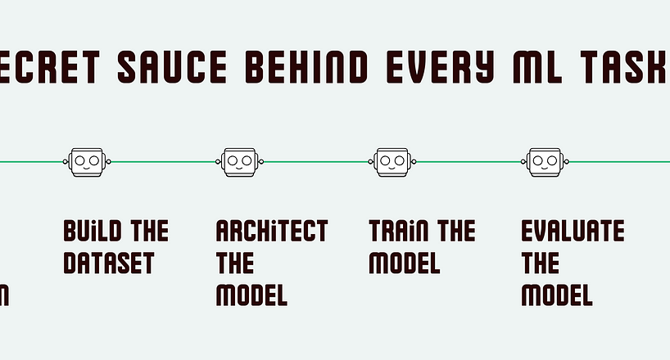Medium
2d
292

Image Credit: Medium
G(I)RWM — Machine Learning Edition | Major steps in ML processes: Day 12
- Machine Learning models learn through repeated training cycles and feedback, akin to a dog learning commands.
- The structured steps in successful ML projects involve defining the problem, building the dataset, architecting the model, training, evaluating, and deploying it.
- ML and AI are solving complex challenges in various fields, expanding into new territories previously unexplored.
- Key steps in ML projects include defining specific problems, selecting the right ML task, and preparing the necessary data.
- Data quality is crucial, with data preparation taking up a significant portion of time in ML projects.
- ML model architecture involves choosing the right algorithms and designing systems that transform data into actionable insights efficiently.
- Feature selection, transformation, loss function, and optimization techniques play significant roles in maximizing model effectiveness.
- Model training involves splitting datasets, iterative learning cycles, and managing the bias-variance trade-off for generalization.
- Evaluation metrics like accuracy and log loss help assess model performance, with considerations for imbalanced datasets.
- Deploying ML models for real-world predictions involves considerations like scalability and concept drift, emphasizing the importance of high-quality data and tailored evaluation metrics.
Read Full Article
17 Likes
For uninterrupted reading, download the app